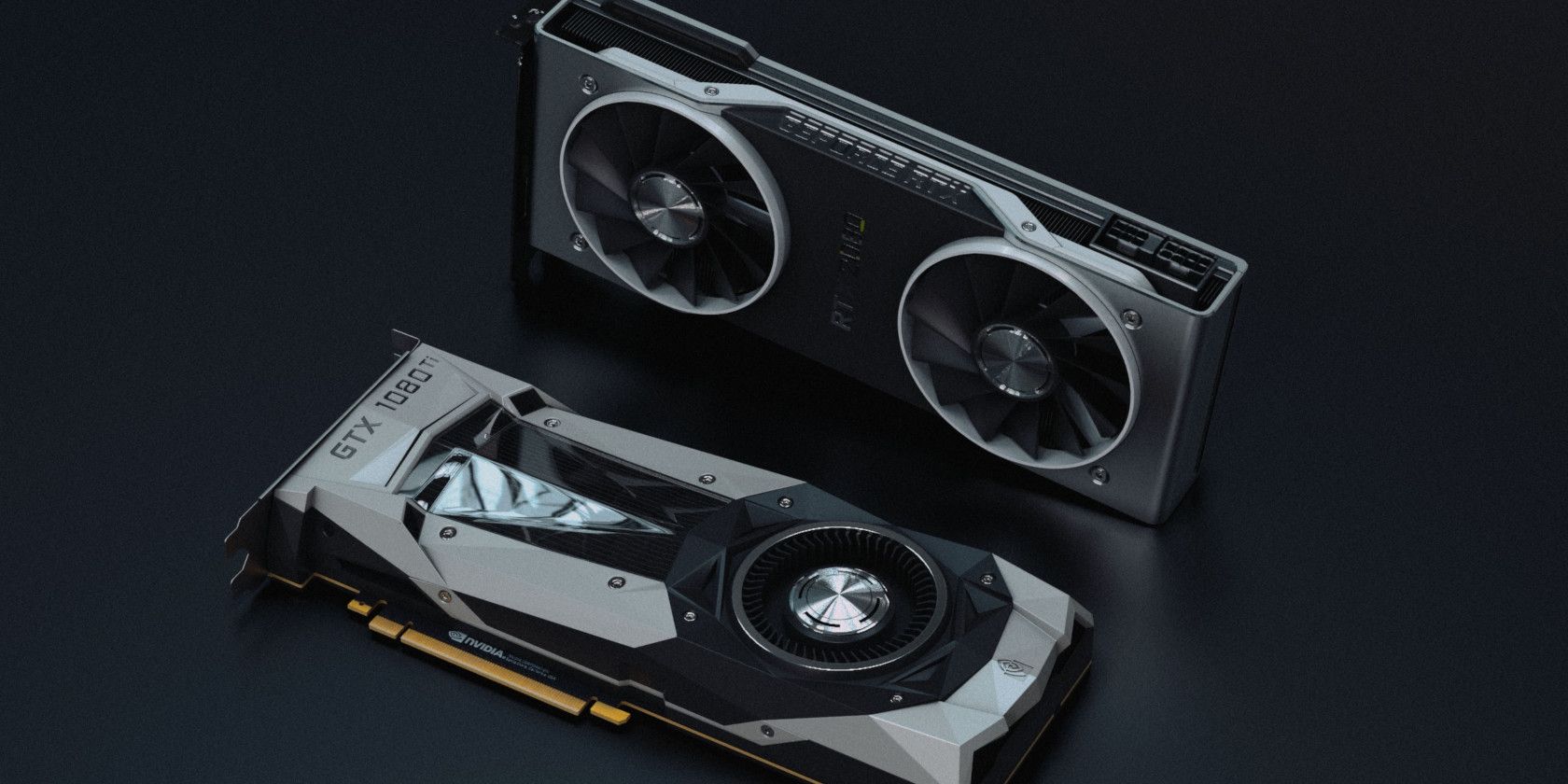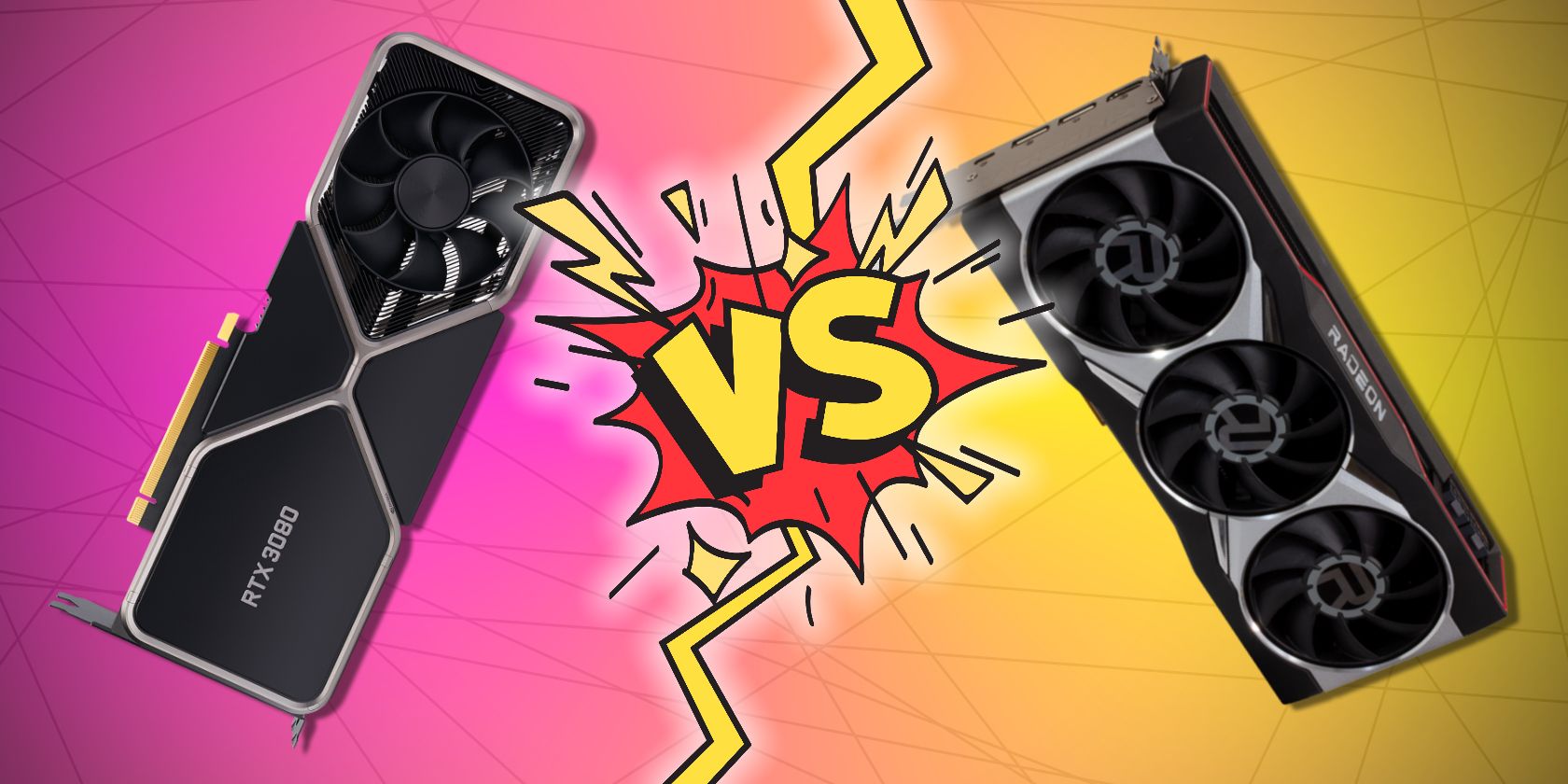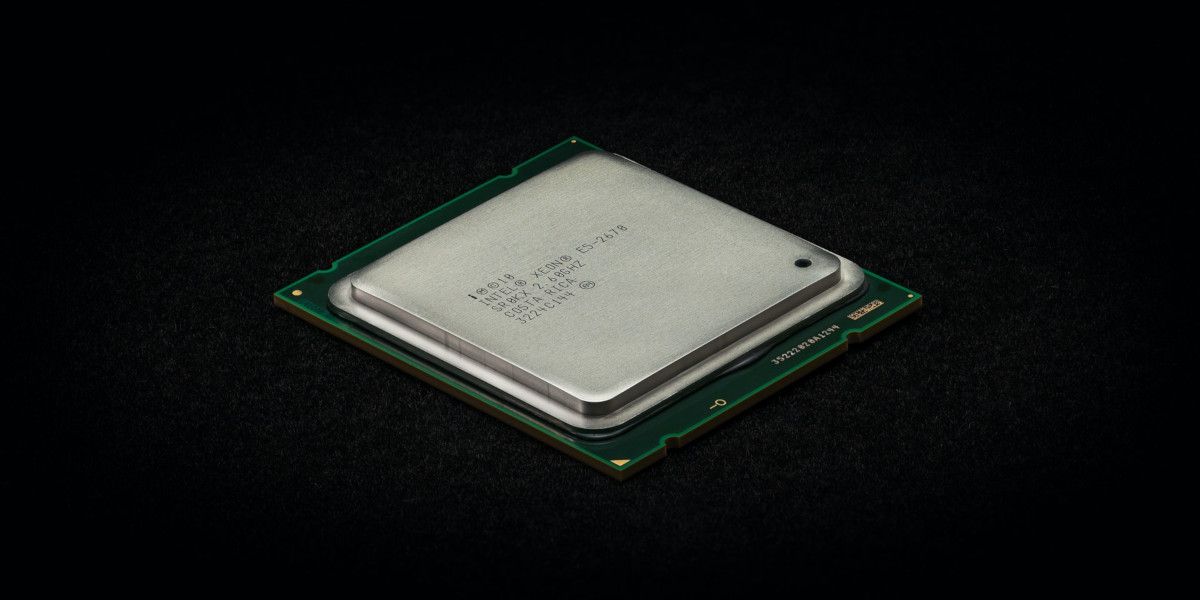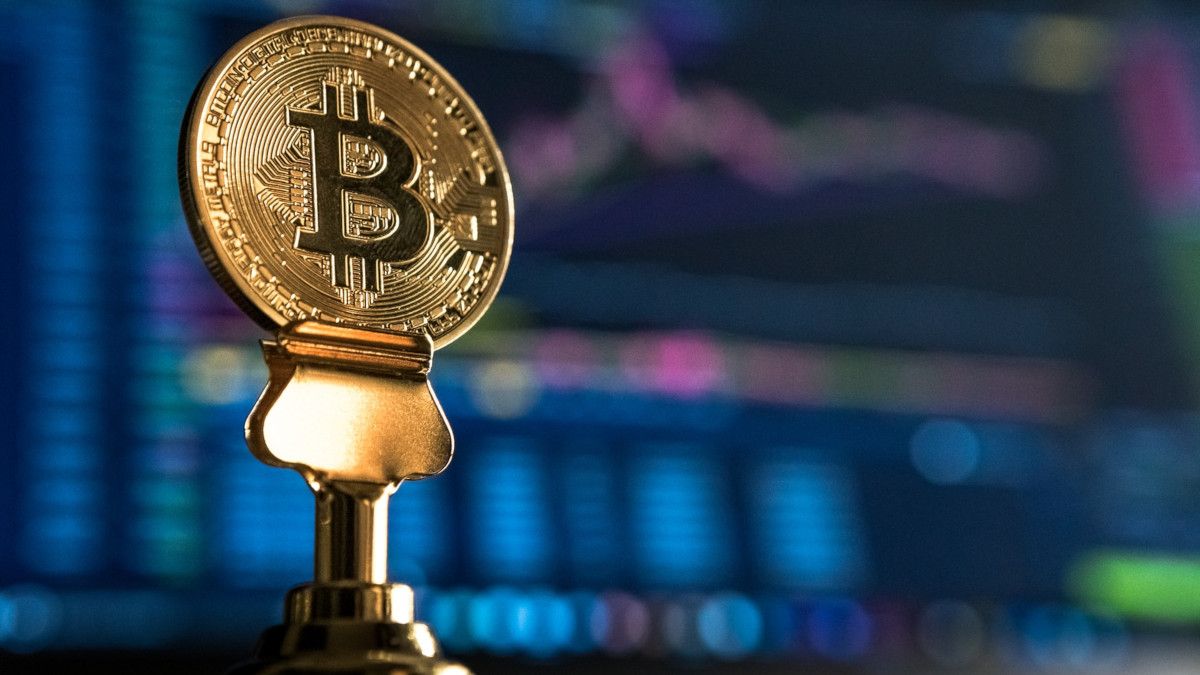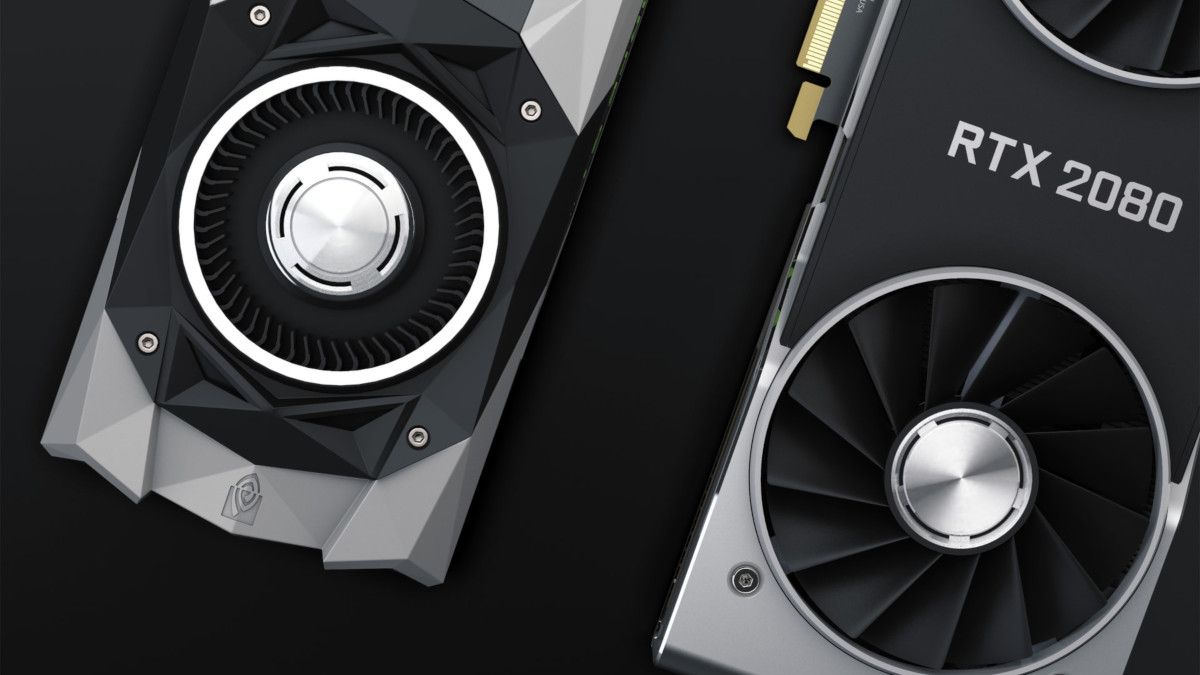Graphics cards have gotten progressively more expensive over the years. Whether you choose AMD or NVIDIA, you'll need to spend well over half a grand at the very least to get your hands on a high-end GPU.
However, this wasn't always the case. So, what exactly happened to the GPU market? Why are consumers forced to shell out thousands of dollars on a flagship graphics card today?
Here, we look at the reasons why graphics cards are so expensive. Many of these factors are obvious. Others, however, might surprise you.
1. The Lack of Competition
The lack of competition in the mid-2010s and early 2020s, especially from AMD, has been one of the driving factors behind the ever-increasing GPU prices. When NVIDIA launched the Pascal-based GeForce 10-series graphics cards in 2016, the company followed an aggressive pricing strategy as it was already facing heat from AMD with its RX 300 series of GPUs.
But following this release, AMD just fell apart with its RX Vega launch in 2017, as it had no GPUs that were a match for NVIDIA's flagship 1080 Ti. And due to this lack of competition, NVIDIA became confident enough to launch the newer RTX 2080 Ti for a price tag of $1,299 in 2018—for a significantly worse price to performance than its predecessor. Again, AMD didn't have any cards to compete in the high-end market and instead focused on mid-range GPUs.
Two years later, a seemingly more confident NVIDIA launched the Ampere-based RTX 30-series of graphics cards, with the RTX 3090 sitting right at the top for a whopping $1,500. And if that wasn't enough, the company did one better by launching a more powerful RTX 3090 Ti for $2000 in 2022. Although AMD has started competing again in the high-end GPU market this time around with its Radeon RX 6000 graphics cards, NVIDIA still holds the performance crown.
2. The Global Chip Shortage
Why are GPUs so expensive? Economics, my dear Watson. Supply, demand, and the allocation of resources all determine how available or expensive goods or services are, especially with what the general public sees and has access to.
We are currently amid a global chip shortage that could continue indefinitely. We use semiconductor chips in everything, from computers to airplanes; manufacturers from all around the world have had to scale back or limit their production due to the shortage.
Chip shortage has impacted not just graphics cards but other sectors as well, including laptops, phones, and video game consoles.
3. The COVID-19 Pandemic and Inflation
We get that the COVID-19 global pandemic is old news, but you can't deny the fact that it has drastically changed how people and businesses choose to work. More people have started to work from home, which has resulted in an increased demand for personal electronics. GPU prices are high right now because the market is hungrier for them than ever.
Whether it's for work or for entertainment, lots of people are looking to buy electronic devices like computers, smartphones, or tablets. This has drastically increased the demand for graphics cards, which is why graphics cards are so expensive.
Another consequence of the pandemic is broken supply chains. While COVID-19 is no longer the prime reason for this, other factors such as the Russia-Ukraine war have disrupted global supply chains in 2022.
This means that people living in different parts of the world may not have immediate access to the graphics cards they need, forcing them to look into importing from foreign markets. These outside markets, attracting new business for one reason or another, then become overburdened; inflation, corruption, and other indicators of imbalance may then ensue.
Long story short: this is why graphic cards are so expensive. There are fewer GPUs floating around than people with the means, the need, and the cash to buy them, and it's partially COVID's fault.
4. US Tariffs on Imports
During Trump's tenure as US President, new tariffs were being imposed on imports from overseas weekly, including a tariff that added a 25 percent tax on top of the asking price for graphics cards imported from China. This extra cost is passed along to US consumers through higher prices.
The Biden Administration has not announced any plans to dial back Trump's tariffs on China. The team intends to reevaluate its current trade agreements before moving forward with any new strategies.
5. Cryptocurrency Miners
Miners need a good graphics card and software to mine cryptocurrencies such as Ethereum efficiently. They often have high requirements for what kind of graphics cards they need for their set-ups; the faster the card, the faster they can mine, so higher-end cards are more desirable.
Although miners have stayed away from stocking up graphics cards in 2022, thanks to the bear crypto market, the tables could turn at any moment. A bullish market often results in miners buying as many graphics cards as possible, further disrupting the demand and supply.
Crypto miners are often knowledgeable, well-connected, and adequately funded enough to buy out graphics cards and acquire the best of the best before anybody else has a chance to cut in. Thankfully, NVIDIA has managed to alleviate this problem with its LHR graphics cards, which cuts the mining hash rate in half, effectively making them undesirable to miners.
6. Scalpers Selling Hardware for Profit
Crypto miners aren't the only ones crowding out the graphics card market; scalpers looking for monetary gain have also disrupted the graphics card market, although they employ different tactics to meet their ends.
Scalpers resell goods for a quick (and usually large) profit. While scalping isn't limited to graphics cards, they are hot commodities at the moment due to the surging demand. As a result, they're perfect for reselling at high prices to desperate consumers.
Sometimes, scalpers may obtain their stock through questionable means. In many parts of the world, however, scalping in any form is still a legal practice. There are no federal laws prohibiting scalping in the US, although a few states have implemented laws that discourage the practice.
During the 2021 holiday period, US politicians unveiled a new bill—the Stopping Grinch Bots Act—to prevent scalpers from using bots to secure goods online. At the time of writing, this bill was still only a proposal and was yet to become law.
7. Better Specs and Performance
Unlike the graphics cards of the early 2010s, modern GPUs use advanced materials and top-of-the-line designs. Generally speaking, they're higher-quality and more difficult to manufacture than the ones from the previous generations. Simply put, you can consider higher manufacturing costs one of the main reasons why modern GPU prices are so high.
Producers can only manufacture what they can afford. Due to increased manufacturing costs, producers must get creative about maximizing their profits without compromising a product's quality or quantity.
The current crop of graphics cards from NVIDIA and AMD is pushing the boundaries of computer graphics in more ways than just frame rates. With cutting-edge technologies like ray tracing and FSR (DLSS), these modern GPUs are designed to deliver the best gaming experience possible at higher resolutions like QHD and 4K.
In many ways, you are technically getting what you pay for, but it's simply another factor to consider when scoping out your options the next time you're ready to upgrade your graphics card.
All the Reasons Why GPU Prices Are So High
We've listed all the reasons why graphics cards are so expensive, but unfortunately, GPU prices are not within our direct control. As long as the demand remains higher than the supply, graphics cards will continue to be expensive.
With inflation factored in, you should no longer expect high-end graphics cards with sub-$500 price tags as you did five or six years ago. Times have changed, and technology continues to move forward to deliver new and better experiences to the consumer—for a price, of course!

